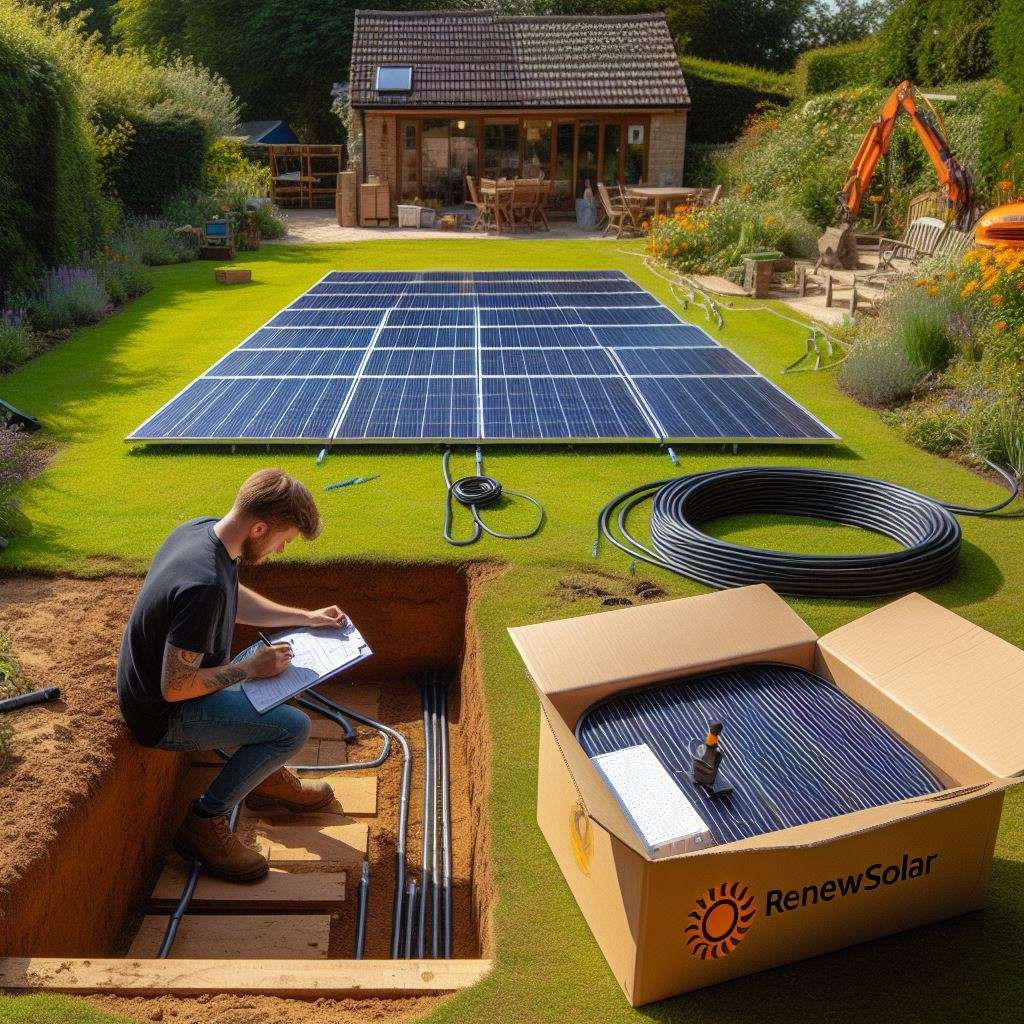Power Up Your Life: A Beginner’s Guide to Solar
So, you’re ready to harness the sun’s energy? Awesome! Many people jump into solar without a plan, ending up with a system that doesn’t quite cut it. This guide will help you avoid those pitfalls and set you up for solar success. Remember, starting small is fine, but thinking big is key! You’ll likely want to expand your system later, so a little forward planning goes a long way.
Most solar newbies begin with a small off-grid system. Think of it as a battery charger and an inverter working in harmony. The charger, powered by the sun, keeps your battery topped up, and the inverter converts the battery’s DC power into the AC power that runs your devices.
The million-dollar question is: How much power do you actually need? This boils down to two things: how much power your appliances draw (watts) and how long you use them (hours). This tells you what size inverter and battery you need. Then, you size your solar panels based on how quickly you want to recharge your battery. Sunlight availability (sun hours) is crucial – around 4 hours of peak sunlight is a good starting point for calculations.
Let’s illustrate with an example: Imagine you have a 100-watt light that you use for 8 hours each night. That’s 100 watts x 8 hours = 800 watt-hours (Wh), or 0.8 kilowatt-hours (kWh) of energy. If you have 4 sun hours, you need to generate 800 Wh in those 4 hours. That means you need 800 Wh / 4 hours = 200 watts of solar panel power.
Now, for the battery. We need to account for some energy loss (let’s say 15%). So, 800 Wh + 15% = 920 Wh. Battery chemistry matters too. Lead-acid batteries can only be discharged to about 50% of their capacity, while Lithium-ion and LFP batteries can handle around 80% Depth of Discharge (DOD). For our example, with a lead-acid battery, we’d need a total capacity of 920 Wh / 50% = 1840 Wh.
To convert this to amp-hours (Ah), which is how battery capacity is usually measured, we divide the Wh by the battery voltage. For a 12V system: 1840 Wh / 12V = 153 Ah.
Battery Buying Basics:
Lead-acid, Lithium-ion, and LFP are the common battery types. Lithium-ion and LFP offer higher DOD, meaning you can use more of their stored energy. They also have other advantages, like better charge/discharge rates and less “voltage sag” (a drop in voltage under load). To find a battery’s kWh rating, multiply its voltage by its Ah rating.
Solar Panel Selection:
Solar panels come in various sizes and voltages. “12V panels” are typically around 18V, “24V panels” are around 38V, and so on. The panel voltage needs to be higher than the battery voltage for charging. MPPT (Maximum Power Point Tracking) charge controllers can handle higher panel voltages, while PWM (Pulse Width Modulation) controllers are more restrictive. Bigger panels offer better value for your money. A single large panel is often cheaper per watt than multiple smaller ones.
You may pay £100 for 100w with a smaller panel, but a 420w panel are around £60. You will need a MPPT controller if your voltage is too high for the battery voltage, so keep that in mind.
Charge Controller Choice:
PWM controllers are simpler and cheaper, but MPPT controllers are more efficient, especially with higher voltage panels. MPPT controllers optimize the power output from the panels, squeezing every last drop of energy from the sun. Search the information on this site for “power factoring”.
Inverter Insights:
Inverters convert DC power to AC power. They’re rated in watts, but it’s not just about the number. You also need to consider the type of load: resistive (like lights) or inductive (like motors). Inductive loads can be more demanding on inverters. A 3000W inverter needs roughly 3000W of input power from the battery (plus a bit extra for losses). Matching your battery and inverter is essential. A 12V 3000W system will draw a massive 250 amps, while a 24V system will only draw 125 amps. Your battery, wiring, and fuses must be able to handle these currents.
The Solar Circle of Life:
Be mindful of the power flowing in and out of your system. Pushing components too hard will lead to early failure. A good rule of thumb is to stay within reasonable limits: around 500W for 12V systems, 3000W for 24V, and higher with 48V systems.
Plan for Growth:
Think ahead! Even if you start small, you’ll probably want to expand your system later. Larger panels can be integrated into grid-tied systems, reducing your electricity bill. Starting with a 24V system is generally recommended over 12V, even if it means a slightly higher initial cost for the battery.

Components vs. All-in-Ones:
You can buy individual components (inverter, charge controller, etc.) or an all-in-one (AIO) unit. AIOs are simpler to set up, as everything is designed to work together. Individual components offer more flexibility and can be higher performance, but require more technical know-how. Each approach has its pros and cons.
By understanding these basics and planning ahead, you can build a solar system that meets your needs and grows with you. Happy solar powering!
Check out the solar kits available in the shop. we have put together some simple and cost effective options for you to get you started.

No responses yet